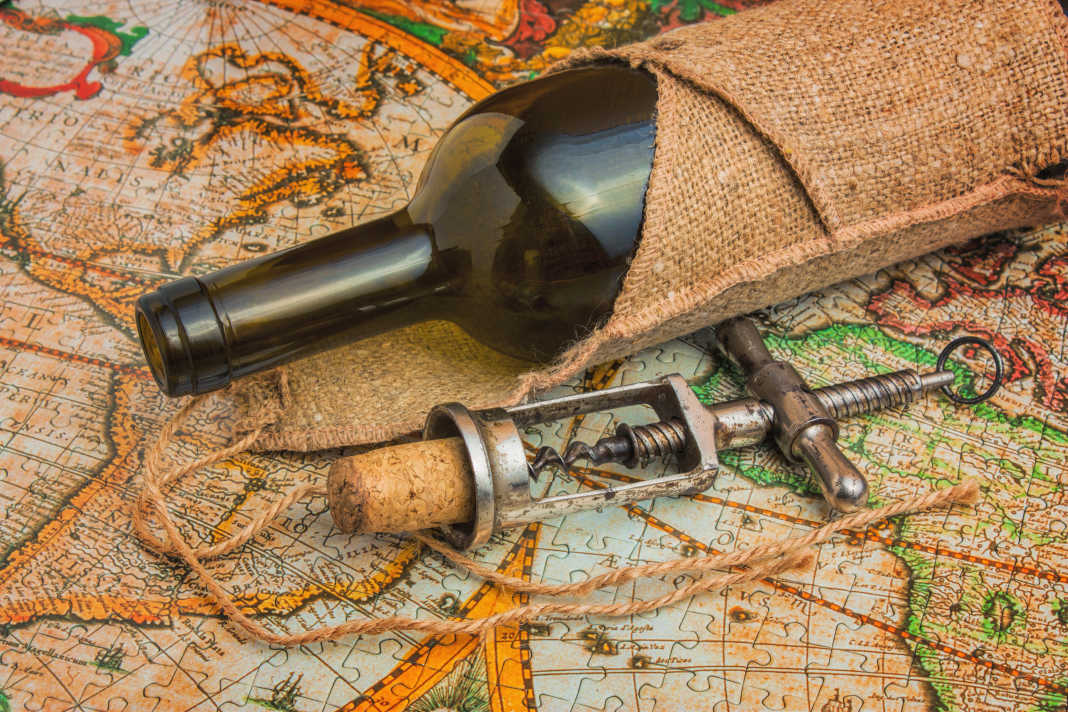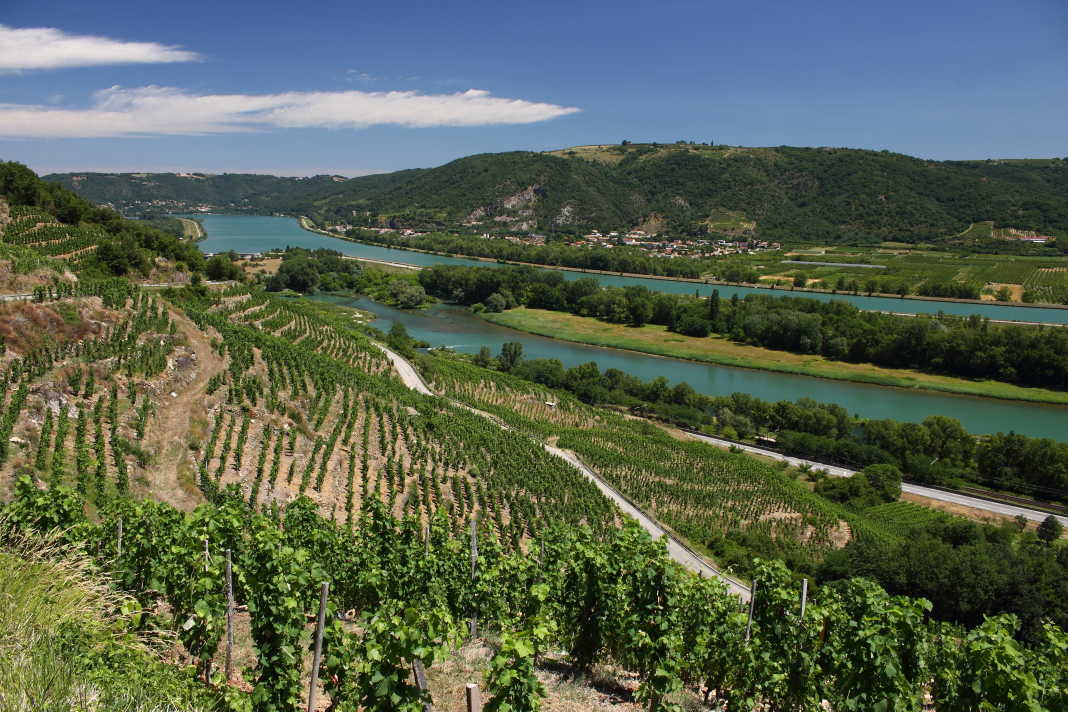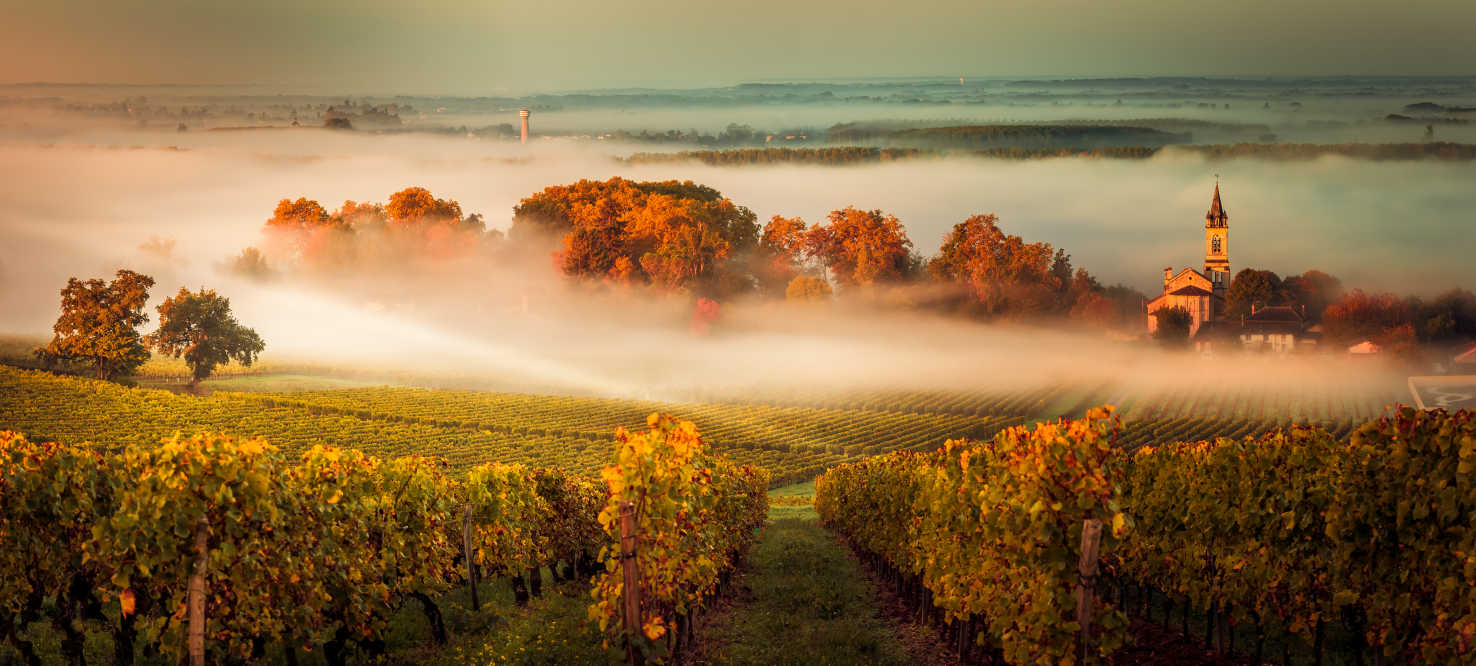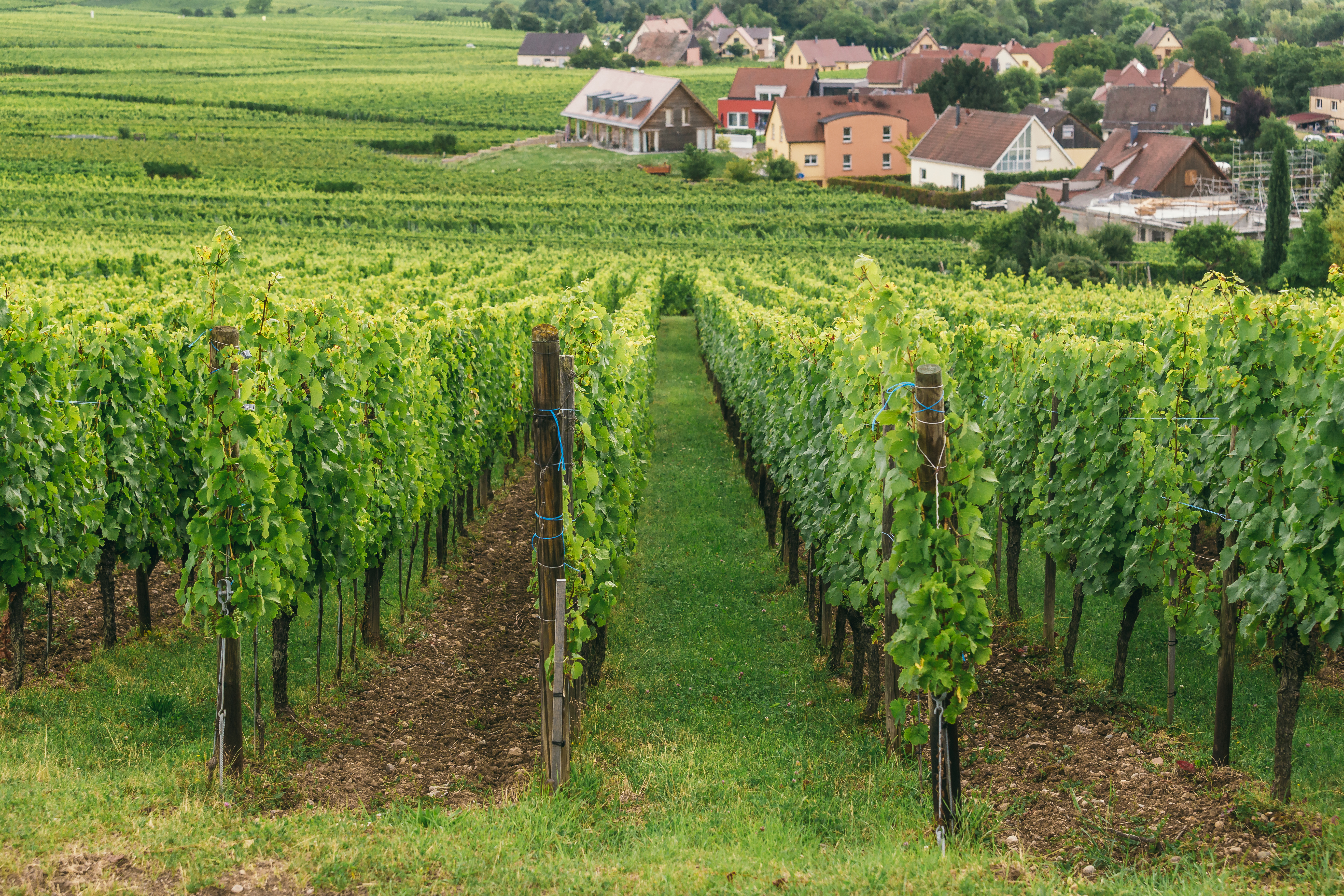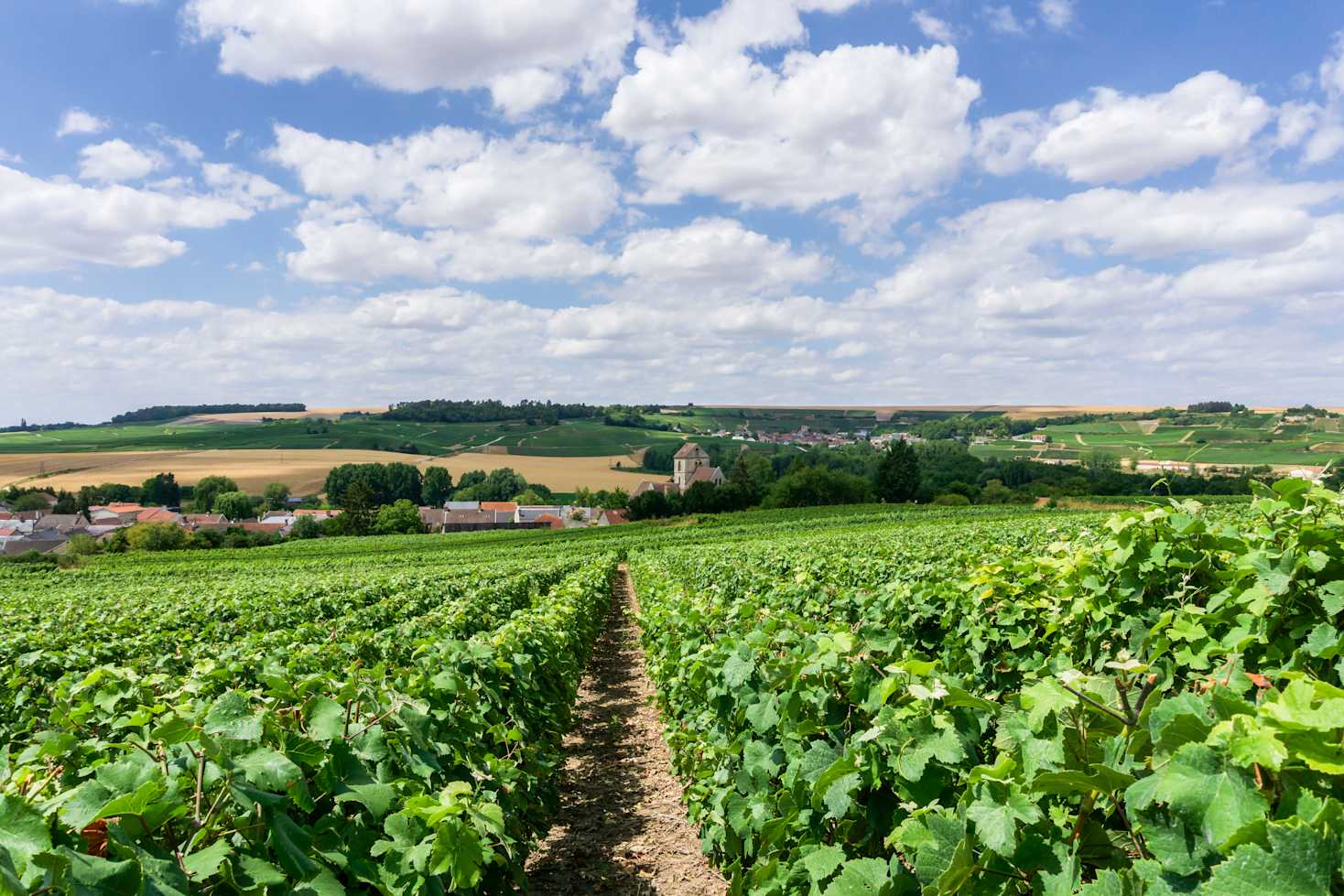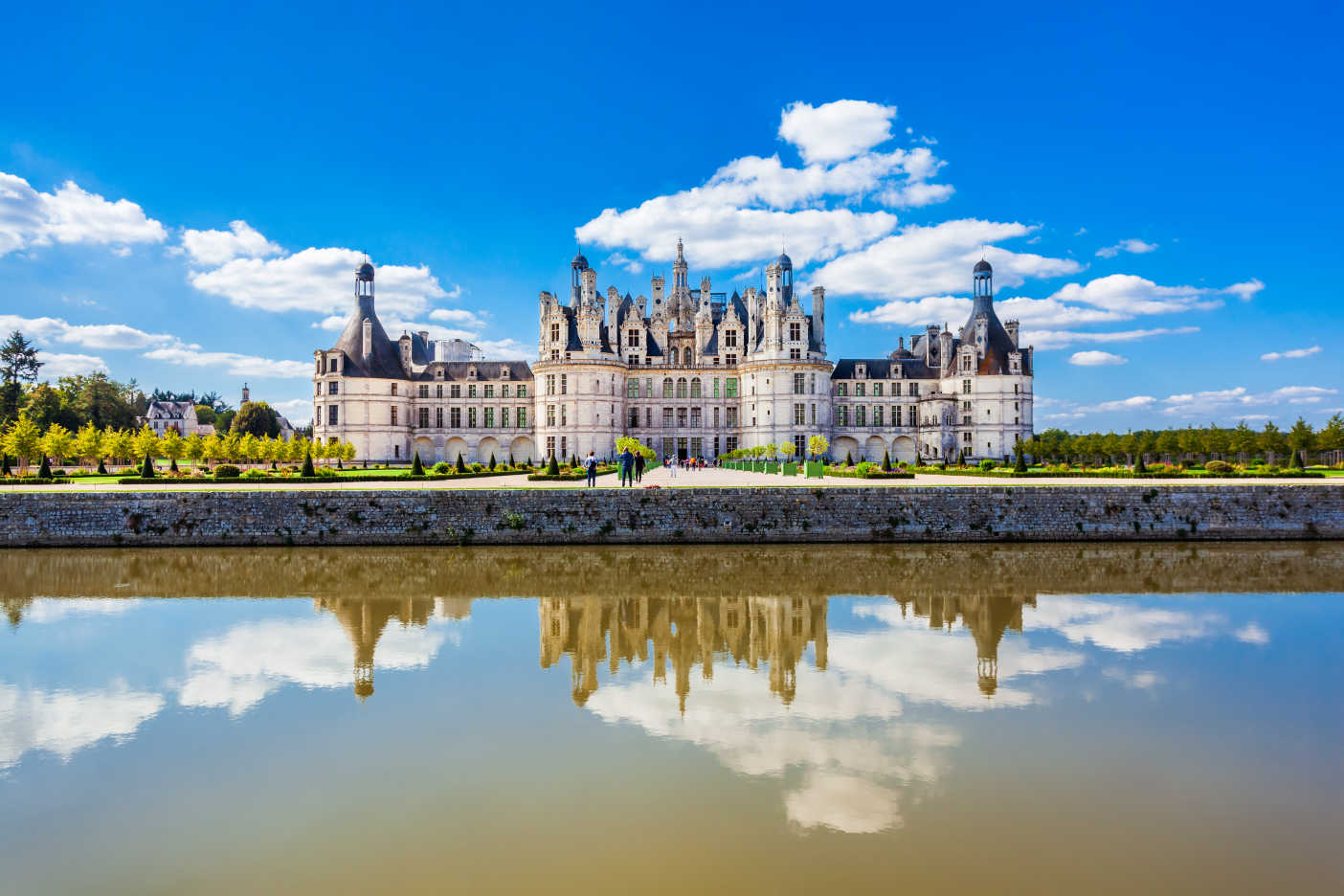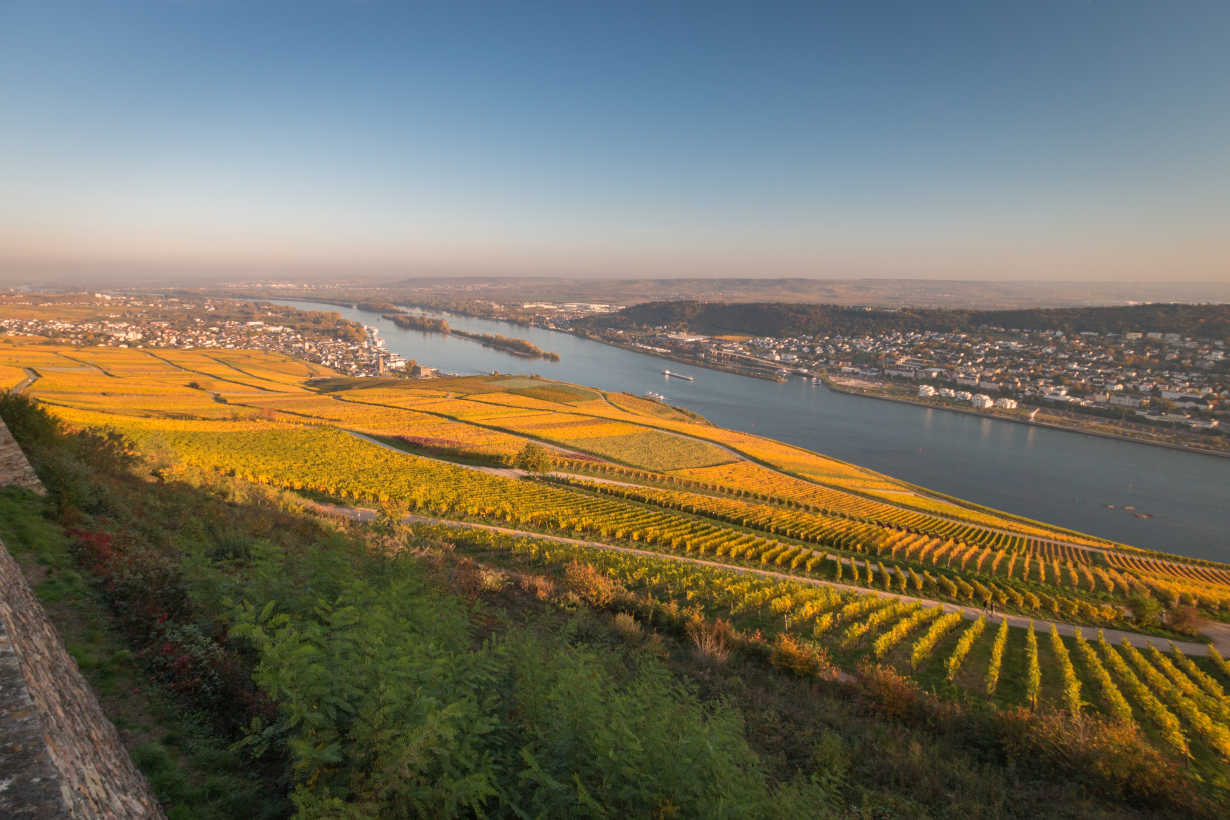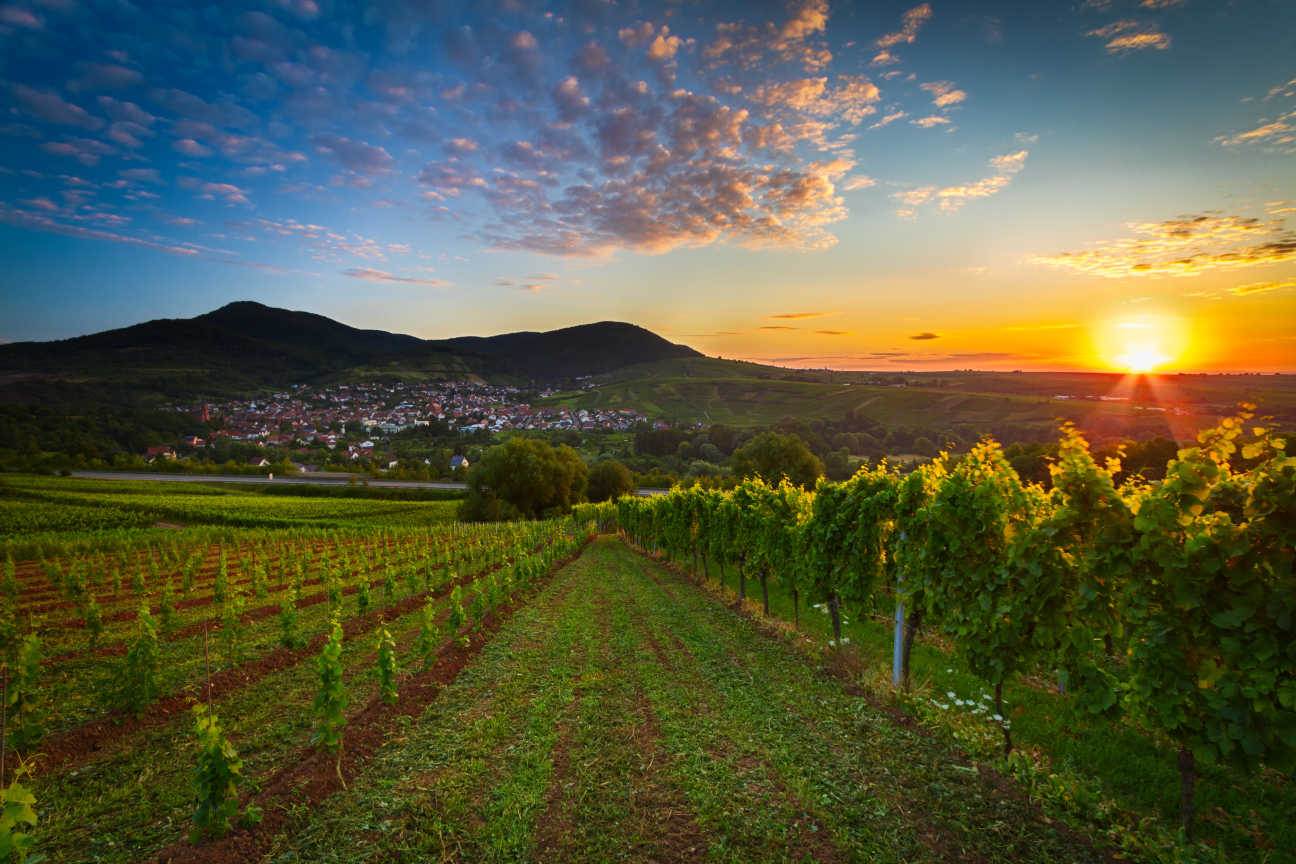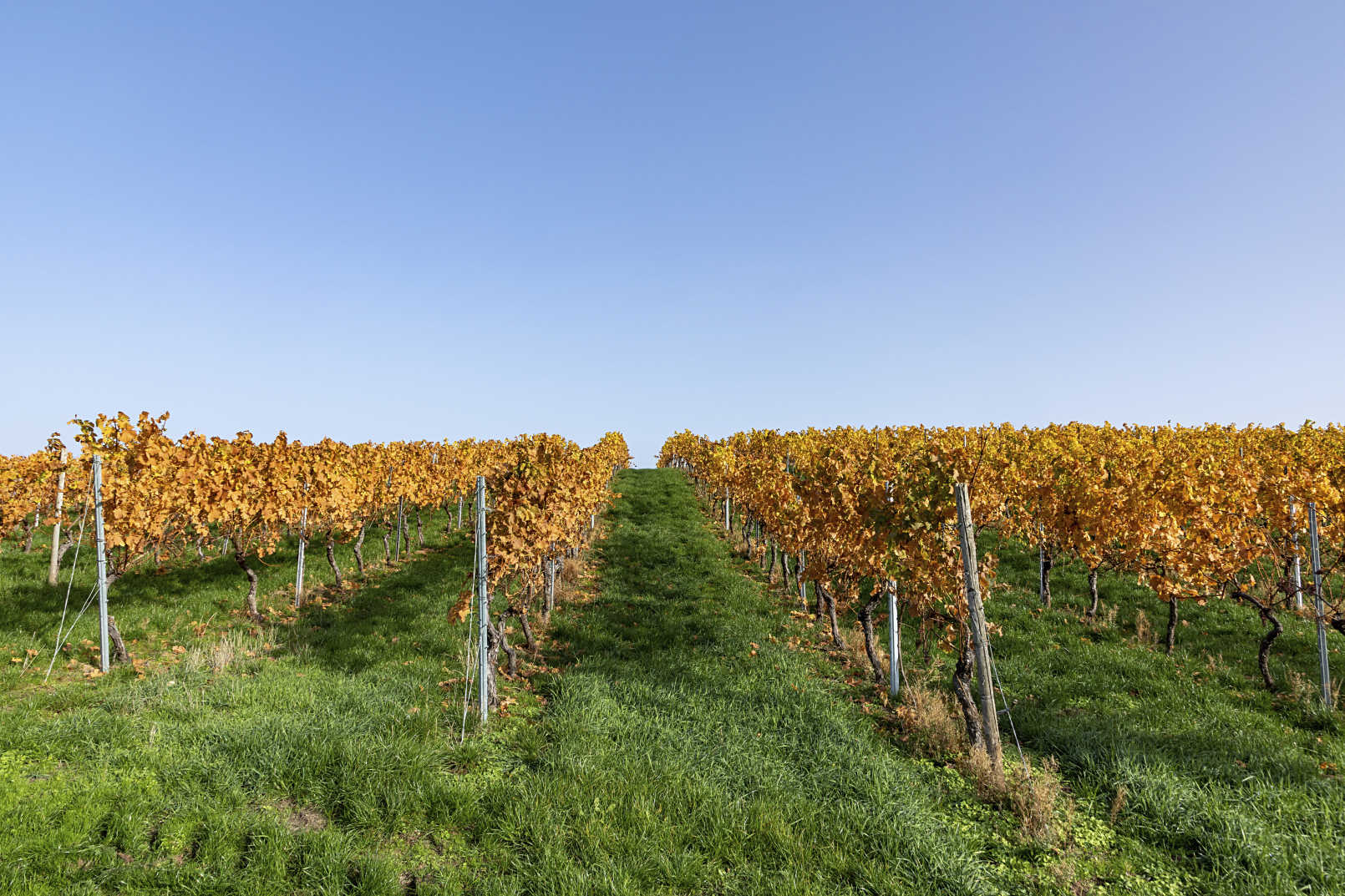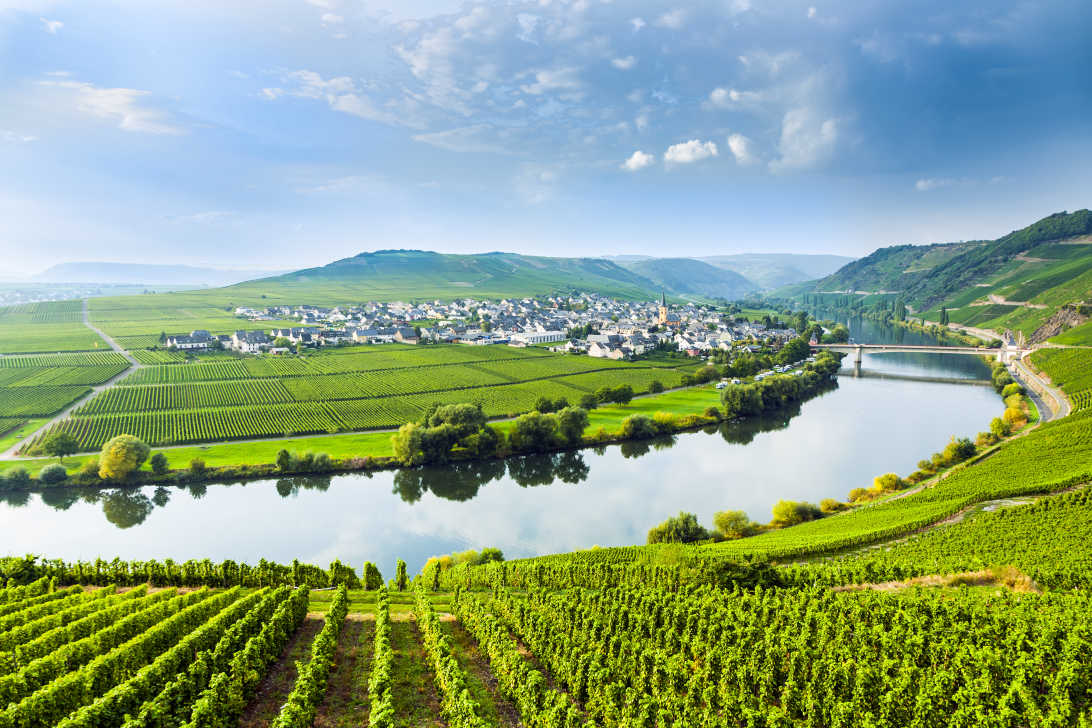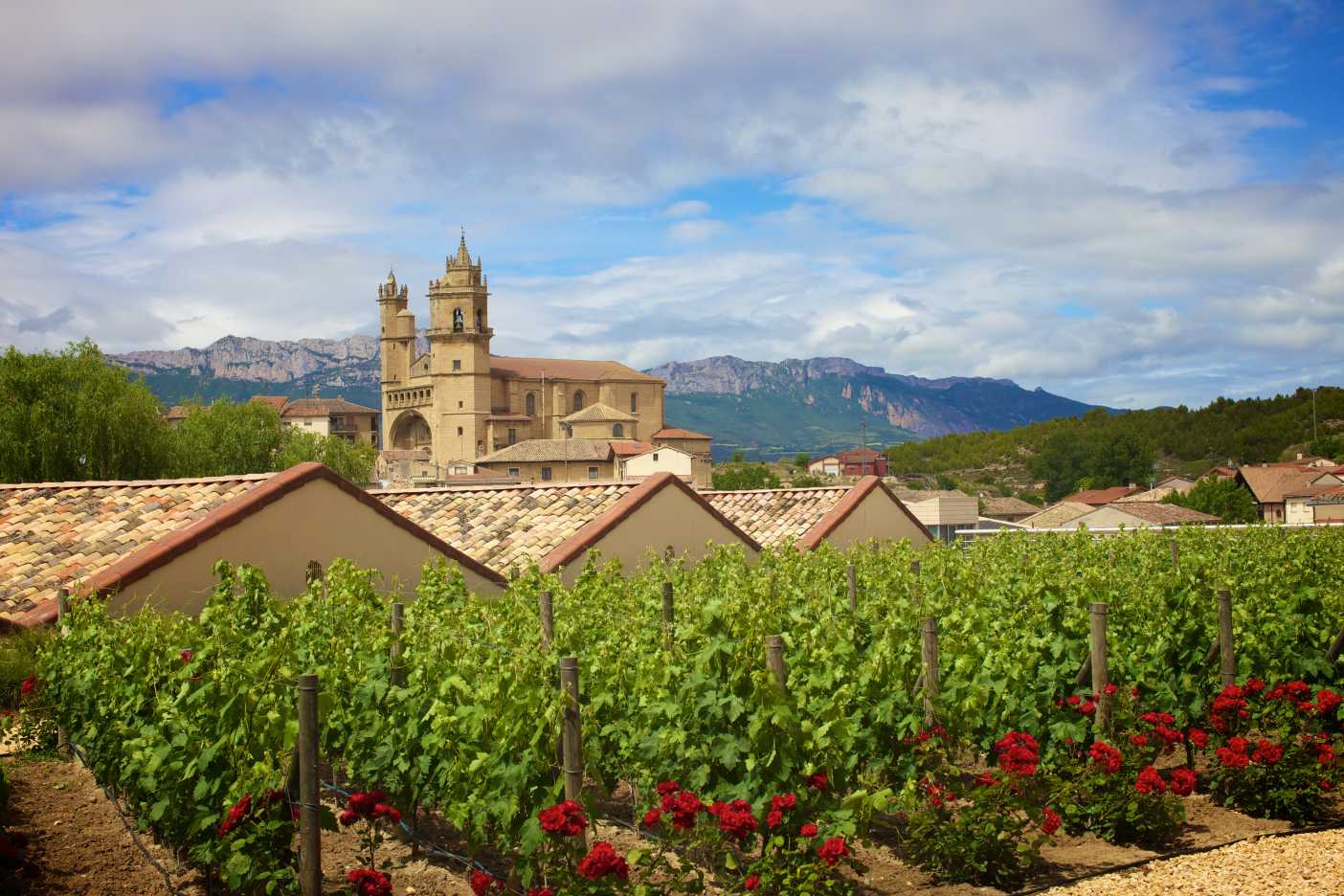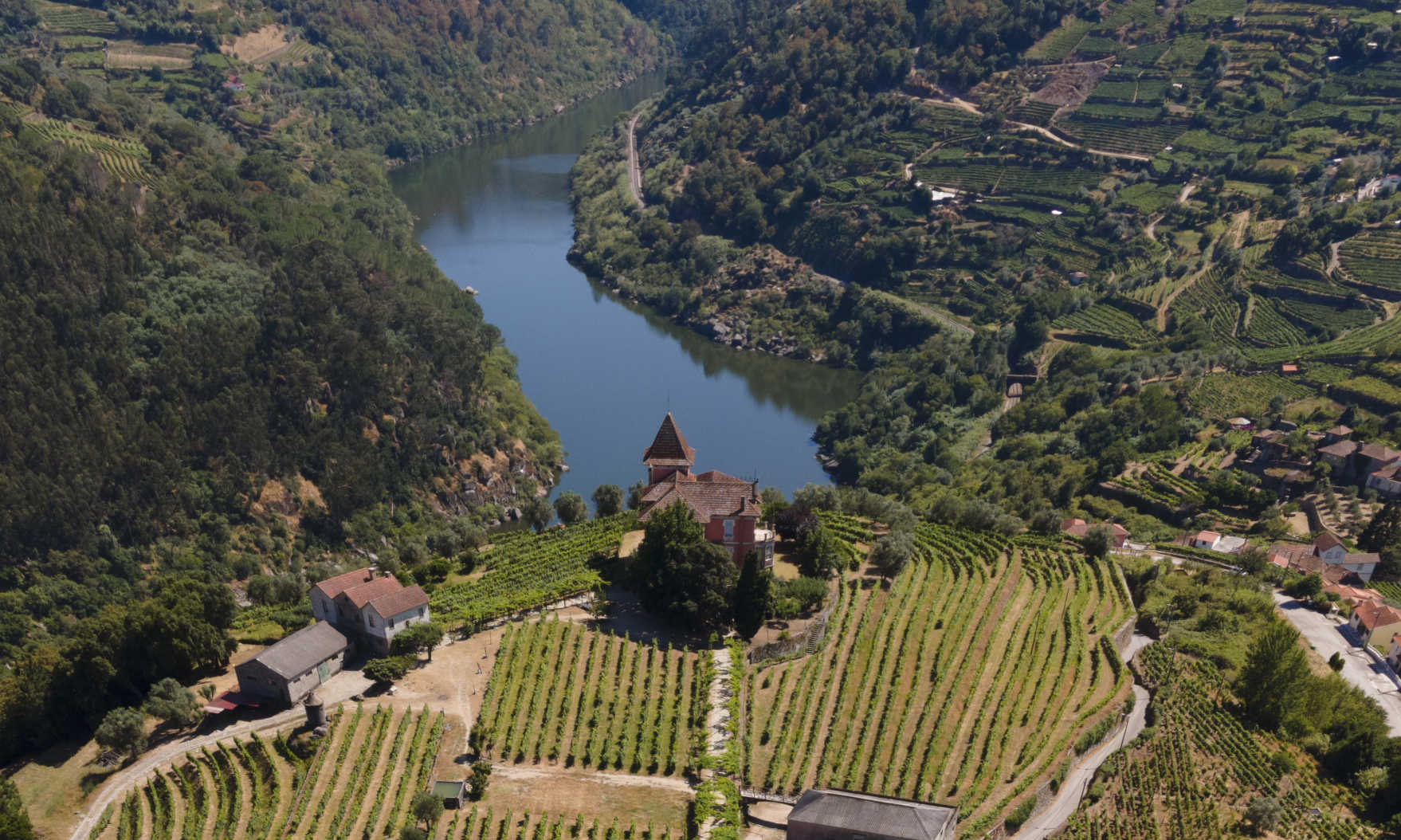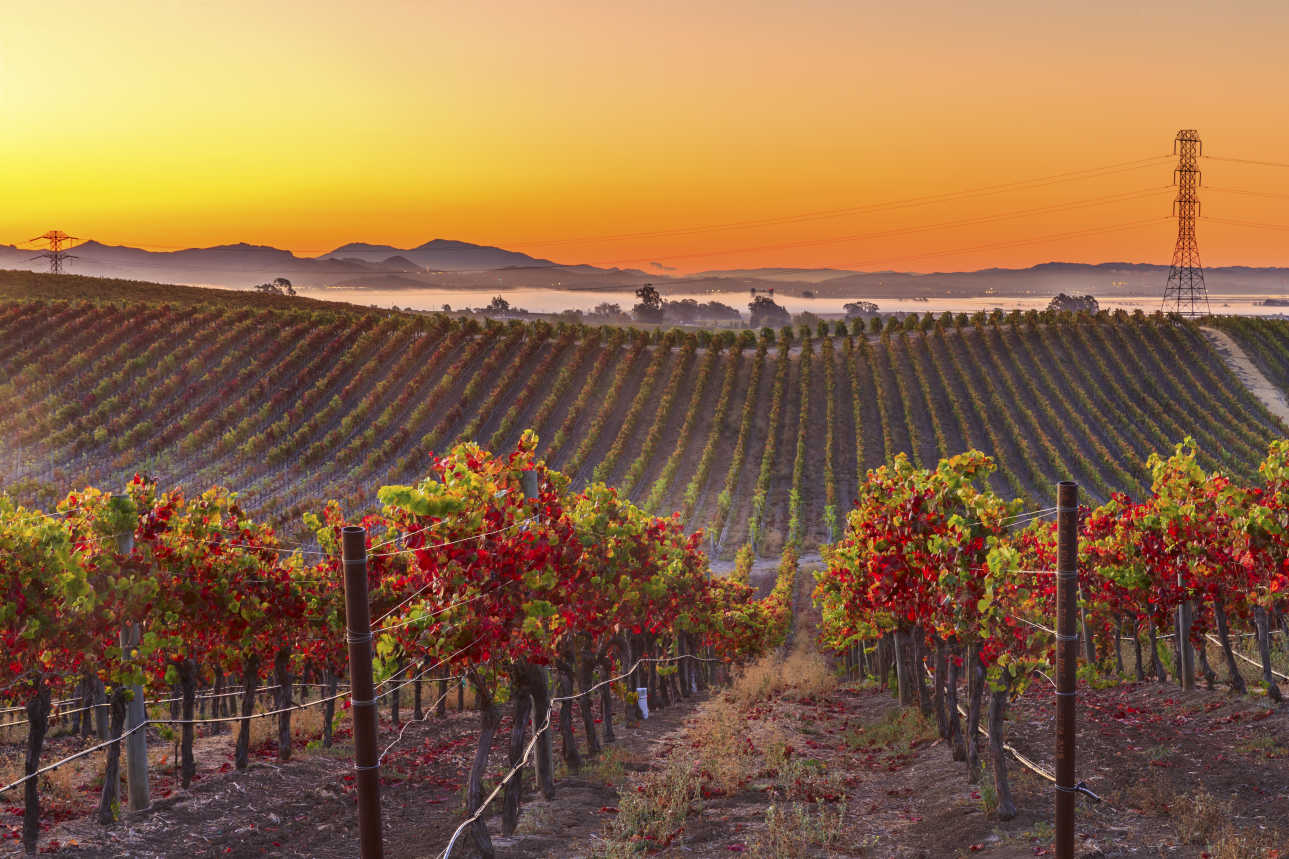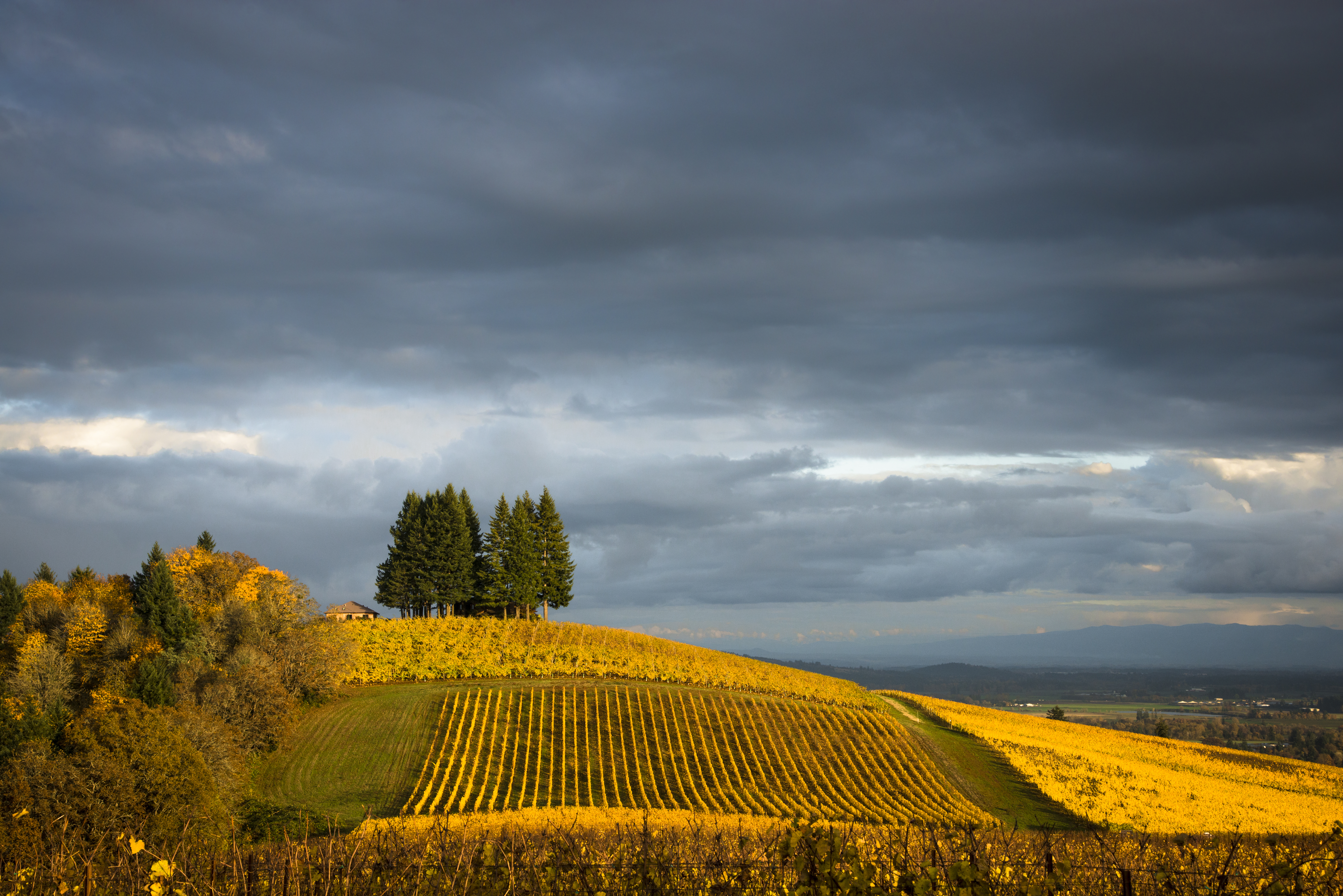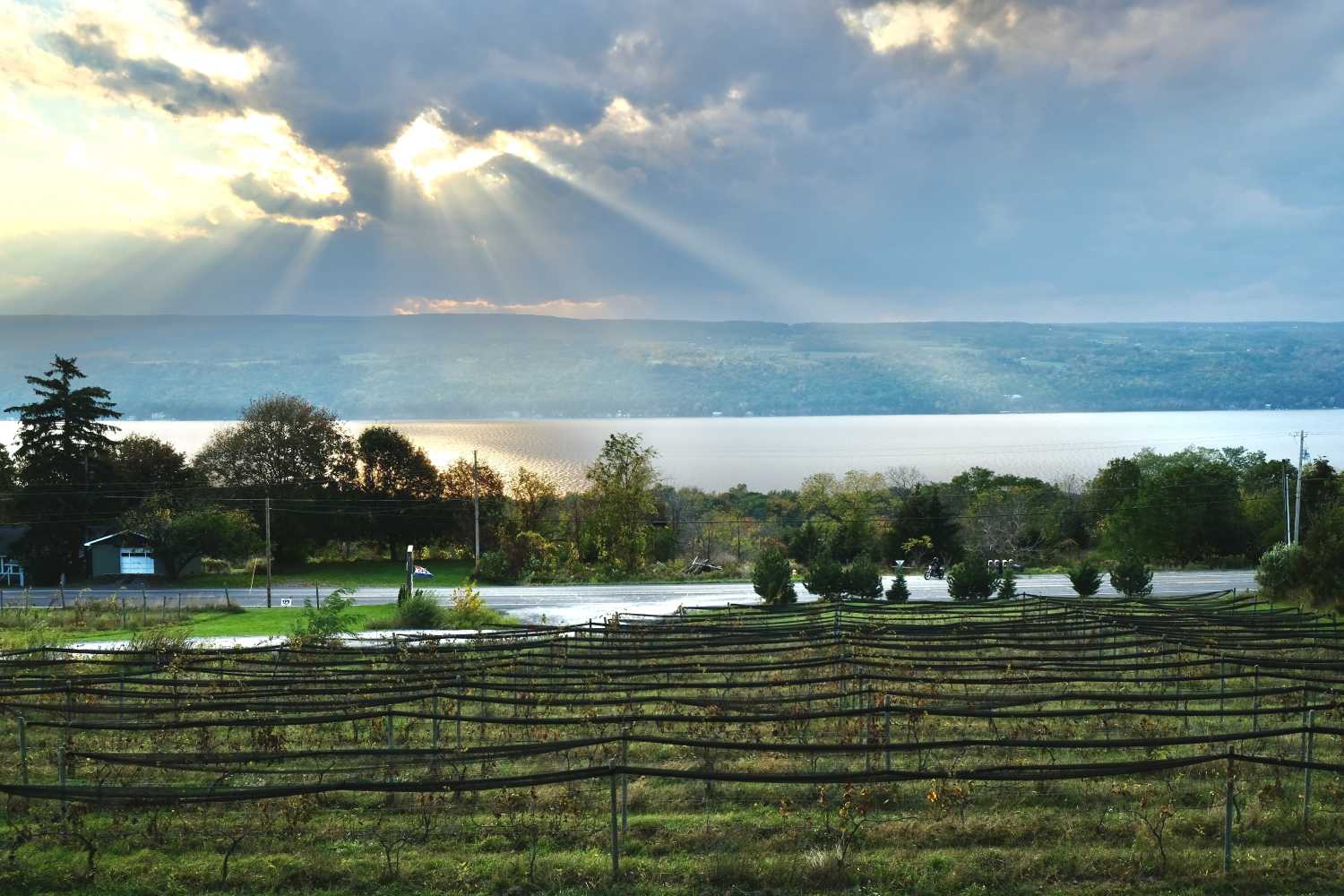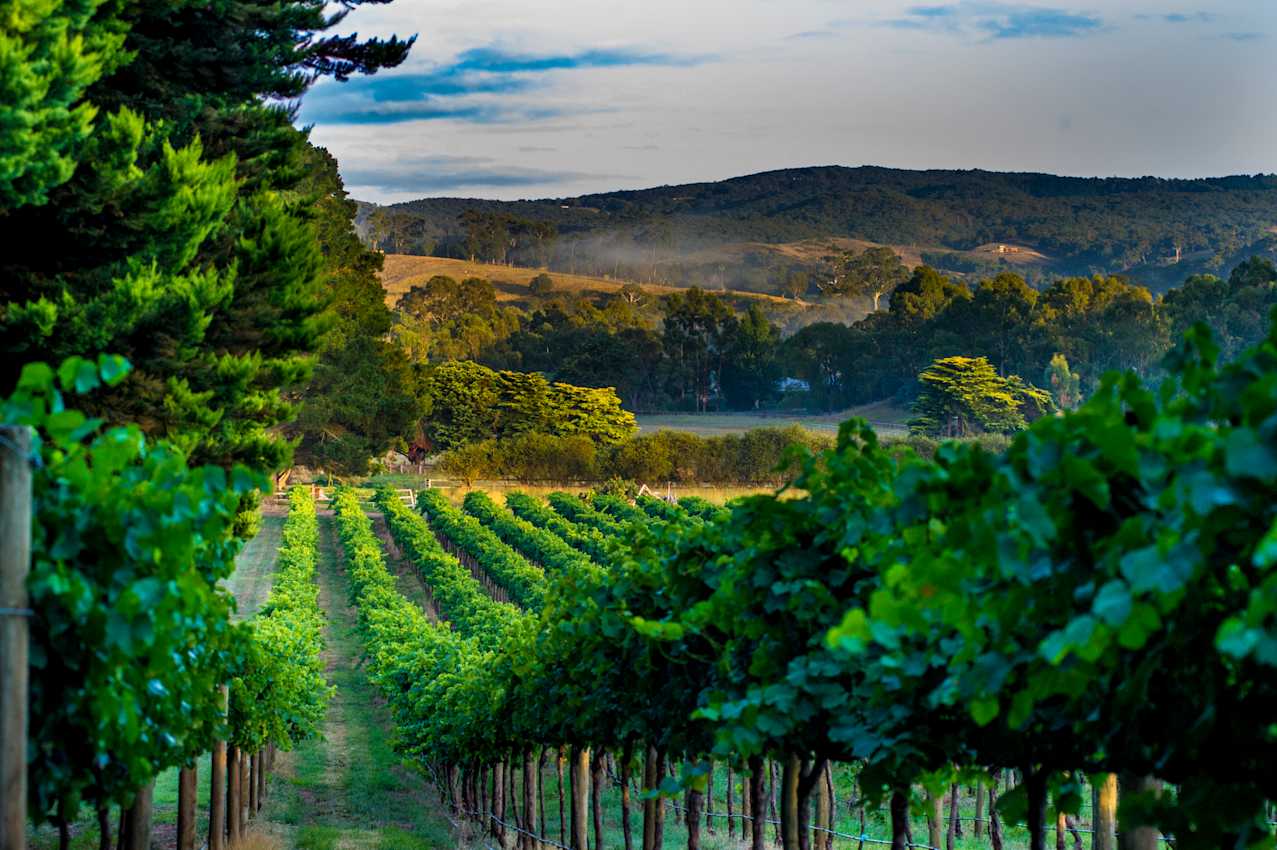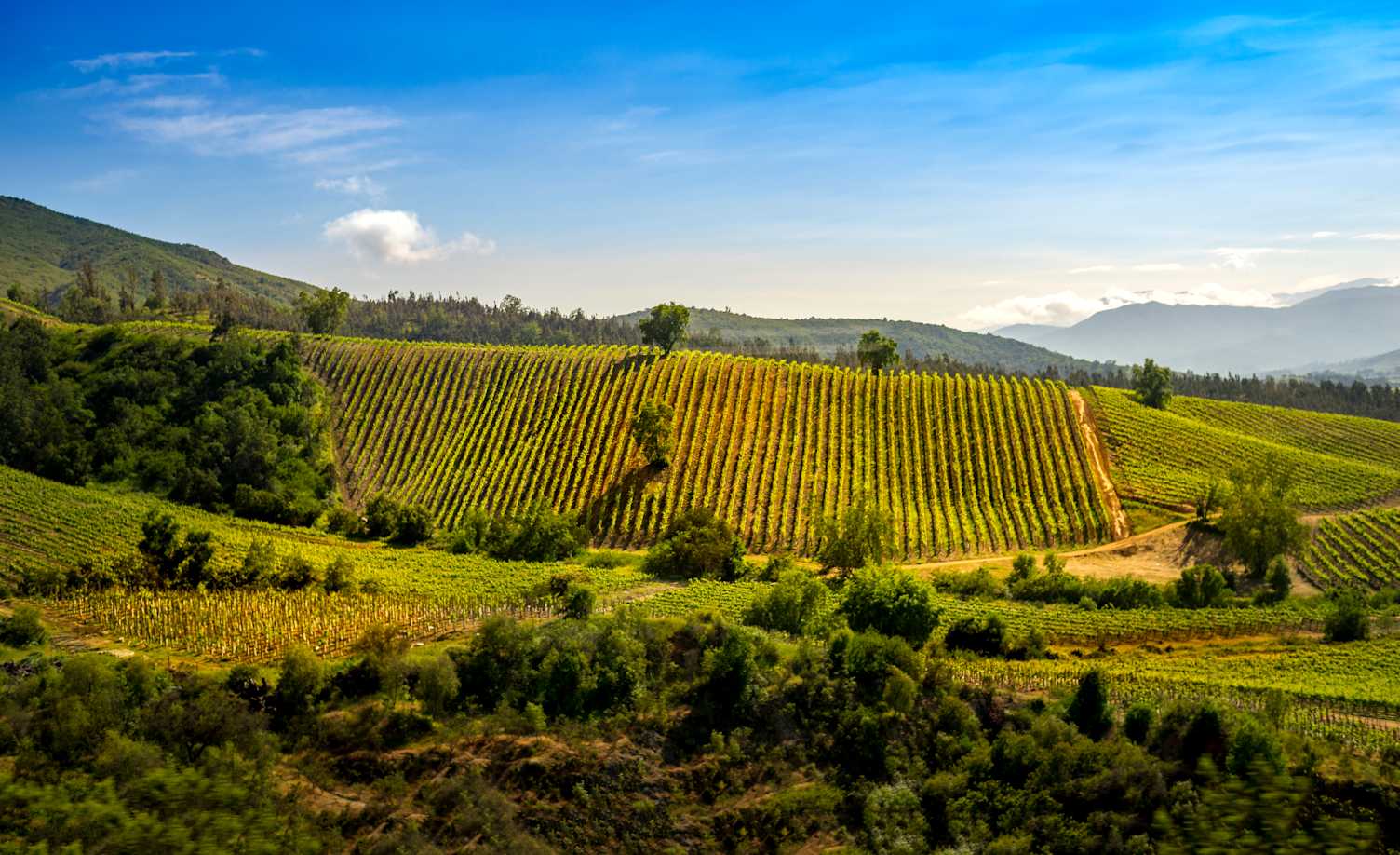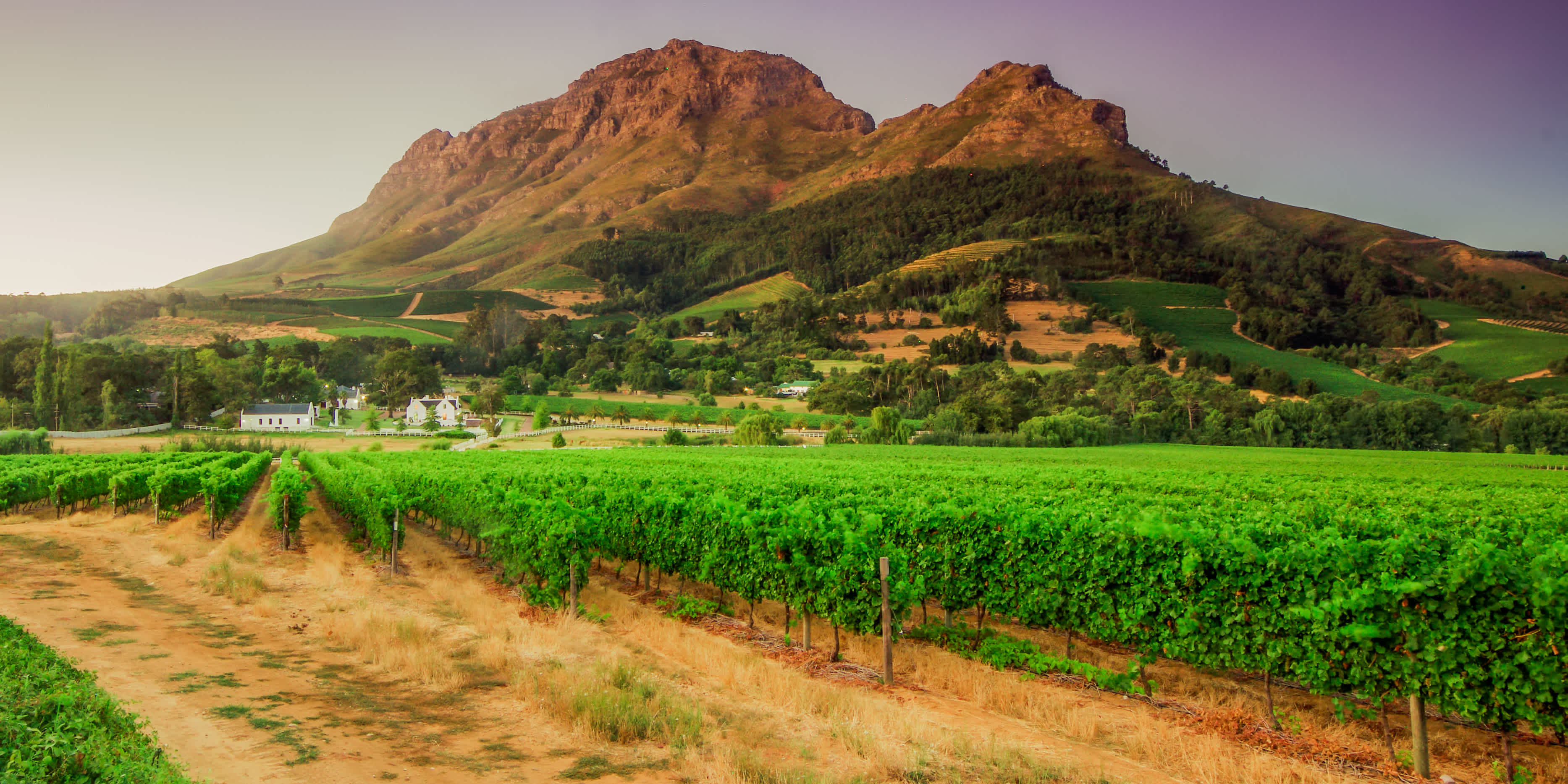The Best Wine Regions in the World
How many wine regions can you name?
One of the best things about wine is that it allows you to travel from the comfort of your kitchen. You can try a Malbec and be transported to the fields of Argentina or Southern France. You could taste a dusty Tempranillo and find your mind wandering to Rioja. What parts of the world do you think of when you think of the best wine regions on earth? "Wine Country" isn't just one place and can be found all over the world. Which of these top wine regions on Earth would you want to travel to for your next wine tasting?

Take The Quiz
Learning about different wine varietals and regions is fun. Take the quiz now to explore wines matched to your unique palate.
Take The Quiz
IN THIS ARTICLE:
Want personalized wines?
Get your first box of wines for $44.95 + free shipping.

The Best Wine Regions for Old World Wine
Primarily referring to wine made in Europe and in the Mediterranean Basin, which has different philosophies from their "New World" counterparts, with Old World regions emphasizing tradition and terroir. These traditions include making wine to accompany the food and wine pairing established over generations by the winemakers. Despite this, the labels are mostly geographical as "Old World style" wine is produced in New World regions such as Chile and California.
France
Wine has been made in France for millennia, and as the largest consumer of wine per capita, it's no surprise that there are over 200 indigenous French wine varieties. It produces 50 to 60 million hectoliters (that's 7 to 8 billion bottles!!!) of wine annually.
Rhône Valley
About 150 miles long this region has a wide array of soil that procures plenty of different wine varietals, with Syrah being found in both the northern and southern areas. Those found in the north have a much more savory profile, while the south specializes in a fruity Grenache-Syrah blend or a white Marsanne Blend.
Bordeaux
Located in Southern France, and made up of 290,000 vineyard acres this is one of the world's most famous wine regions. The region is split up by the rivers running through it into a left bank by the Gironde and Garonne rivers, and a right bank by the Dordogne river which also feeds into the Gironde river, with the area in between the two rivers being referred to as "Entre Deux Mers," which translates to "between two seas." Most of the wines made here are dry, medium- and full-bodied red Bordeaux blends.
Burgundy
This region focuses on two varietals, Pinot Noir and Chardonnay making up 98% of their production. Situated in eastern France, this region's production is highly collaborative as negociants buy grapes or wine from smaller producers to further mature and produce them. There are also groups of grape growers who've pooled their resources together to establish a winery for collective use. Producers owning both vineyards and winery is less common due to the cost of building and maintaining wineries.
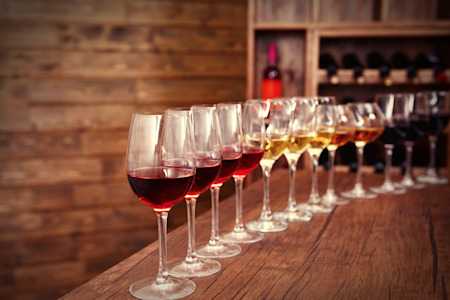
Try an Old World Wine
Apply your newly found knowledge of Old World wine by trying a new region or old favorite from our wine store.
Shop Wines NowChampagne
Although it has been used to refer to sparkling wine from all over the world, in the European Union it is illegal to refer to any product as Champagne unless it is coming from the Northeast wine region of France. This region is slightly cooler than the others so when making champagne Pinot Noir, Pinot Meunier, and Chardonnay are some of the grapes used as they are among the few varieties that can handle the climate.
Loire
Loire valley with the accompanying river going through it is located in western France and produces 4 million hectoliters per year with a wide array of styles being produced ranging from sparkling Vouvray to tannic red Chinon and light Muscadets. Regardless of this array of wines, the region's emphasis is on white wines such as Sauvignon Blanc and Chenin Blanc which make up most of the region's production, followed by Cabernet Franc.
Germany
Although known for their beer Germany also makes wine with most of the country's top wine regions are situated in the west along the Rhine River. Due to recent climate change, the country's wine area is expanding in Burgundy, Barolo, and Rhine Valley regions. The country is known for its white wines especially their Riesling.
Rheinhessen
Producing one-fourth of the country's wine, this valley also has the world's most acreage of the Silvaner variety, an ancient, neutral scented white wine grape.
Pfalz
A key German wine region, located below Rheinhessen and west between the Rhine river and the Haardt Mountain range, it's 58,000 acres large and produces some of the country's finest Pinot Noir and Riesling. There are so many vineyards in the region that vines outnumber the region's inhabitants 600 to one.
Nahe
Named after the river that joins the Rhine at Bingen, this is one of Germany's smaller regions though its mild and frost-free climate focuses on white wine, especially Riesling, which accounts for 82% of its production. Roman viticulturists neglected this site, although by the 19th century its significance became apparent and by 1931 it was administratively established.
Mosel
The country's third most productive region follows the Mosel river and focuses on Riesling, with Mosel Riesling being some of the world's best. Vineyards here are on steep slopes that overlook the river with inclines as high as 75 degrees. Those rivers radiate the sun's beams which is great for the grapes, as is the black soil which absorbs heat to provide to the grapes at night.
Italy
Producing the most amount of wine in the world, Italy's vineyards are split up into 20 regions that collectively make up a total of 1,730,000 acres for making Italian wine.
Piedmont
Piedmont is the second-largest region of the country second to Sicilly and produces a signature Barolo wine made from Nebbiolo grape. The region borders France and Switzerland and is surrounded on three sides by the Alps, hence its name which translates to "at the foot of the mountains."
Those grapes are also used to make Barbaresco wine. Similar to Barolo, although Barbaresco has a warmer, drier, and milder maritime climate than the former.
In Piedmont, the cold from the mountains and the warmth of the Mediterranean creates a fog that blocks out the sunlight making areas with high altitude ideal for viticulture. The Po Valley makes up a large amount of the region which then only leaves it with 30% of land suitable for wine production.
Tuscany
Due to the region's poor soil, most of their production is of red wine. Its most prominent grape is the Sangiovese, which each town having
Italy is also the home of the "Super Tuscan," an unofficial wine categorization that isn't recognized by the Italian wine system but is comprised of a "Bordeaux Blend." Its creation and initial release in 1971 is due to producers wishing to create a higher quality wine outside of the DOC (Controlled Designation of Origin) regulations of the time which wouldn't allow it to be classified as a Chianti. Eventually, regulations changed to address and qualify the Super Tuscan under new regulations, also giving the pioneer of this wine, Sassicaia, their own designation "Bolgheri Sassicaia."
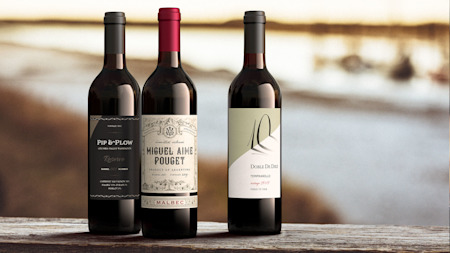
Find an Italian Wine
Firstleaf has several types of Italian wine available from Merlot, Cabernet, Rose, and more.
Shop Italian WinesSicily
Sicilian wine has been grown in the region for thousands of years and because of its forgiving climate, it offered high yields and produced wine in bulk which was then shipped to Europe or abroad to strengthen thin wines. It focused mainly on the fortified wine used in cooking Marsala wine. Now, the region's varieties have expanded to include Cabernet Sauvignon, Syrah, Merlot, and Chardonnay.
Spain
Located in a valley in North Central Spain with vineyards growing along the Ebro River, Rioja is arguably at the top of the nation's wine regions. The region is split into three sections, Rioja Alta, Rioja Alavesa, and Rioja Baja, each with slightly different geographical features and differences in the soils. All sections are moderated by a section of the Cantabrian Mountains, which stretches for 300 km.
This Spanish wine of the region used to be dubbed "Vin Joven" or young wine and is made in a few different styles with varying amounts of time spent in casks and bottles. "Gran Reserva," which sits at the top of this hierarchy of styles, spends at least 2 years in a barrel and 3 in a bottle, while white wines must age for 4 years with at least 12 months in a cask.
Portugal
Because of its temperate maritime climate, and with lots a variety in terrior Portugal offers lots of opportunity for its winegrowers, producing 500 to 600 liters of wine annually.
Duoro Valley is home to the country's most famous and copied wine, the port, a fortified sweet wine. Along with them in the valley are White Port, Pink Port, Tinto Douro, and Douro Branco.
The Best Wine Regions in the World for New World Wine
Produced outside of the "traditional" European and Middle East regions of Old World wine, "New World" wines are found in the Americas, Oceania, and South Africa. The style associated with but not limited to the regions tends to be a fuller body, more alcoholic, with fruitier profiles.
USA
California
Being the state with the largest wine production and a large coastal area that covers ten degrees of latitude, this state's geography offers winemakers a selection of different territories to choose from in turn providing a wide array of wines to make. The abundance of grape varieties able to be grown allows Sonoma county to make sparkling wine, Pinot Noir, and Zinfandel which are made with grapes that suited for different climates. With so many different macroclimates for winemaking, many french Champagne houses have set up vineyards in Napa Valley.
Oregon
This state has some of the world's youngest vineyards with its largest and most notable being Willamette Valley, which is known for the Pinot Noir made there. The 150-mile valley used to be a seabed that has had its soil enriched by the Missoula Floods. Its dry and warm summers temperate climate make it ideal for growing the sensitive and cool climate grapes required for their wine.
New York
Home to the nation's oldest continually running winery, and being the third-largest producer in America's wine industry, New York has multiple areas ideal for growing wine. To name a few, the area around the Finger Lakes is known for Riesling, the Long Island vineyards are known for Cabernet Franc, Merlot, and Sauvignon Blanc.
New Zealand
Because of the surrounding water, the two thousand kilometer country is perfect for viticulture, especially its Sauvignon Blanc, Pinot Noir, Riesling, and Pinot Gris.
This is the island's flagship wine-growing region, holding two-thirds of the nation's total vineyards. It mainly produces Sauvignon Blanc, followed by Pinot Noir and Pinot Gris.
Argentina
Argentina is Latin America's largest wine producer and fifth largest producer worldwide.
Just like Piedmont in Italy, Mendoza is the foothills of the Andes mountains and just like its Italian counterpart is ideal for viticulture which is why it produces 80% of the nation's grapes.
Australia
Down under, that's where this country's top vineyards are located. Its most popular wine is the Shiraz, the Australian word for the grape varietal Syrah. Due to its isolation from the world has yet to be infected by grape phylloxera. Since it has not been victim to these pests the vines here are the oldest in the world.
Located in South Australia, the largest of the three wine-growing regions, the Barossa valley has over 80 cellars and is the most well known. Their focus is on warmer climate varieties such as Shiraz and Cabernet Sauvignon.
Chile
With the Andes running along the side of the country there is plenty of grape-friendly zones in the country. The signature grape of this country is the Carménère which was originally planted in Bordeaux, France but before discovering this they were thought to be a Merlot variety and hence dubbed the "Chilean Merlot." It was at one point thought to be extinct due to a phylloxera outbreak in the 19th century.
Sharing the same name as the river flowing through it, Chacapoal valley lies to the east of the Andes and produces some of the nation's best Cabernet Sauvignon and their signature Carménère.
South Africa
With over 300 years of wine-making history South Africa, with its Mediterranean climate has allowed towns such as Stellenbosch to create some of the world's finest wines.
The Western Cape is home to most of the country's wine industry and houses Stellenbosch and Paarl regions which grow Cabernet Sauvignon and is usually mixed to make Bordeaux blends.
Closing
Wine country is everywhere. Hopefully this list has helped you narrow down which abroad tasting rooms to visit, each of which is sure to impress wine lovers internationally.

Take Our Quiz Today
Get award-winning delicious wines from all over the world shipped straight to your door. Take the quiz to get the perfect pairings for your holiday season.
Take The Quiz TodayIN THIS ARTICLE
Want personalized wines?
Get your first box of wines for $44.95 + free shipping.


WinePrint™ by Firstleaf
Are you looking to learn more about your wine preferences? Check out our Wine Print for an in-depth look at your personal tasting profile. Discover your favorite wines, varietals, regions, and tasting notes and get personalized recommendations wherever you are.
Learn More